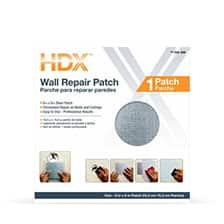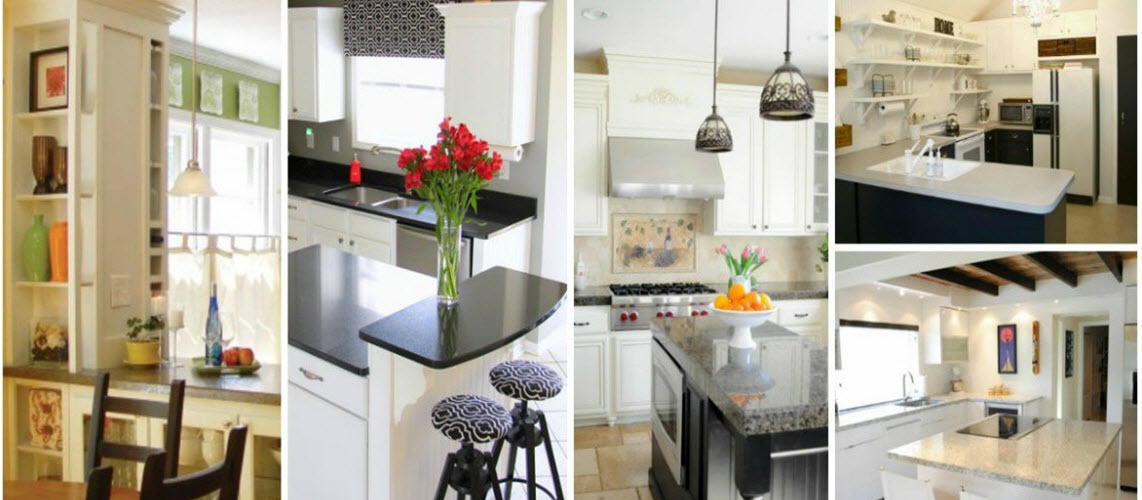There is a catch to drywall repair that everybody ought to know earlier than attempting to “do-it-yourself” for the primary time. Two coats of drywall compound, utilized with two swipes of the knife in a +” pattern, should fill the holes (Photograph three). The first coat will shrink a bit, leaving a barely smaller dent to be stuffed by the second coat. But drywall screws generally pop up too, because of damp framing that dries out and shrinks through the first year or two in new building.
Remember, setting-sort compounds are harder to sand than common patching supplies, so make sure that to strike them off flush to the floor when you fill the opening. As soon as dry, flippantly sand the world until smooth. Place drywall piece over the damaged space (picture 1) and trace around it with a pencil (picture 2). Use a drywall or reciprocating saw to chop out the realm throughout the traced strains (picture 3). Reduce two pieces of 2×4 slightly bigger than the opening.
Use a hand sander and coarse sanding mesh to take away texture and smooth out the world when repairing a ceiling. Fit the gypsum into the brand new gap and press the paper edges coated with joint compound into place along the skin fringe of the outlet. Small holes brought on by screws or hooks, wall fasteners or drywall fasteners that pop up are easy to repair, but again time consuming because you nearly at all times need to repaint the walls.
Subsequent, fill the hole with drywall compound or painter’s putty using a putty knife to clean it out, and make it level with the wall floor. Along with the patch, you need drywall patching compound to easy out the patch and a putty knife to spread the drywall compound over the patch. Reduce away free joint compound and paper shreds. Twenty-minute setting compound is a great product for filling deep holes and gaps and to your first taping coat as a result of, not like common joint compound, it hardens quickly without shrinking.
A standard drywall downside, especially in newer houses, is nail pops,” or nail heads that draw back from the wood studs and protrude by means of the drywall tape or paint. The 2 most common drywall compounds are light-weight and all-goal. Orange peel texture on partitions or ceilings is nice for hiding defects and including interest, but it may be an actual ache if you have to make an enormous patch.
